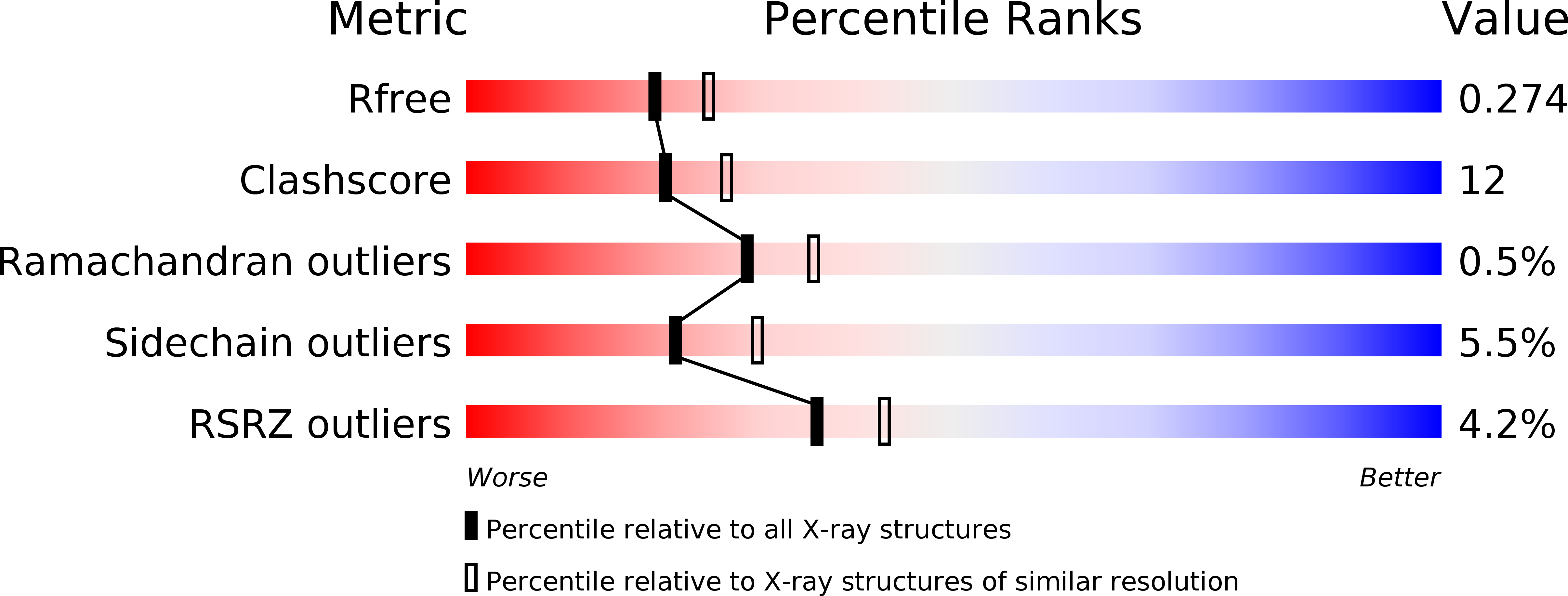
Deposition Date
2012-07-03
Release Date
2013-01-16
Last Version Date
2024-11-06
Entry Detail
PDB ID:
4FXW
Keywords:
Title:
Structure of phosphorylated SF1 complex with U2AF65-UHM domain
Biological Source:
Source Organism:
Homo sapiens (Taxon ID: 9606)
Host Organism:
Method Details:
Experimental Method:
Resolution:
2.29 Å
R-Value Free:
0.28
R-Value Work:
0.24
R-Value Observed:
0.25
Space Group:
C 2 2 21


